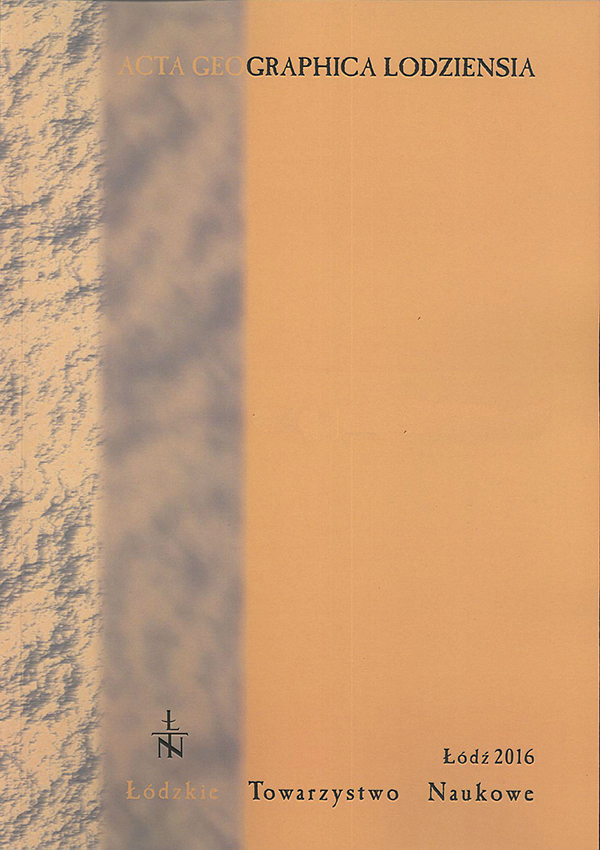W jaki sposób badać sejsmity? Przegląd metod badawczych
How to study seismites?
A review of research methods
Author(s): Szymon Belzyt, Małgorzata Pisarska-JamrożySubject(s): Regional Geography, Environmental Geography, Applied Geography
Published by: Łódzkie Towarzystwo Naukowe
Keywords: soft-sediment deformation structures; palaeoseismology; earthquakes
Summary/Abstract: Earthquake-triggered seismic wave propagation can induce liquefaction of water-saturated unconsolidated finegrained clastic sediments. As a result, layers with soft-sediment deformation structures called seismites can be formed. To propose a seismic origin of the layer, it should meet recognition criteria. Therefore, it is necessary to provide (1) a lithofacies analysis of the sediments in the studied section; (2) a detailed description of deformation structures including their position in the sedimentological log as well as within the deformed layer, lateral extent and continuity, geometry, texture and structure of both deformed and host sediments, spatial distribution and heterogenity of deformation structures in the plan view as well as an oblique view; (3) identification of structures that could have been formed during a liquefaction process and a comparison with those that recently occurred in tectonically active zones as an earthquake effect; (4) a subsurface geological structure recognition, particularly the presence and activity of faults; (5) discussion and elimination of all other possible triggers that could have caused sediment deformation; (6) estimation of the age of the deformation.
Journal: Acta Geographica Lodziensia
- Issue Year: 2017
- Issue No: 106
- Page Range: 171-180
- Page Count: 10
- Language: Polish

